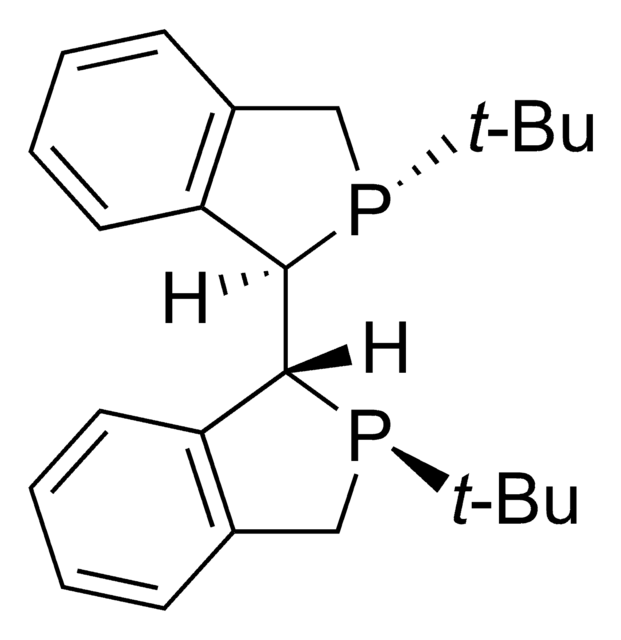712515
O-(3-Carboxypropyl)-O′-[2-(3-mercaptopropionylamino)ethyl]-polyethylene glycol
Mw 3000
Sinonimo/i:
Polyethylene glycol, α-Mercapto-ω-carboxy-PEG
About This Item
Prodotti consigliati
Stato
powder
Livello qualitativo
PM
Mw 3000
Impiego in reazioni chimiche
reagent type: cross-linking reagent
Estremità Ω
thiol
Estremità α
carboxylic acid
Temperatura di conservazione
−20°C
Cerchi prodotti simili? Visita Guida al confronto tra prodotti
Categorie correlate
Confezionamento
Codice della classe di stoccaggio
11 - Combustible Solids
Classe di pericolosità dell'acqua (WGK)
WGK 3
Punto d’infiammabilità (°F)
Not applicable
Punto d’infiammabilità (°C)
Not applicable
Dispositivi di protezione individuale
Eyeshields, Gloves, type N95 (US)
Scegli una delle versioni più recenti:
Possiedi già questo prodotto?
I documenti relativi ai prodotti acquistati recentemente sono disponibili nell’Archivio dei documenti.
I clienti hanno visto anche
Articoli
Sigma-Aldrich.com presents an article regarding Polyethylene Glycol Building Blocks for PEGylation.
Separation of Propionic acid; Acetic acid; Heptanoic acid; Isobutyric acid; Valeric acid; Isocaproic acid; Butyric acid; Isovaleric acid
Progress in biotechnology fields such as tissue engineering and drug delivery is accompanied by an increasing demand for diverse functional biomaterials. One class of biomaterials that has been the subject of intense research interest is hydrogels, because they closely mimic the natural environment of cells, both chemically and physically and therefore can be used as support to grow cells. This article specifically discusses poly(ethylene glycol) (PEG) hydrogels, which are good for biological applications because they do not generally elicit an immune response. PEGs offer a readily available, easy to modify polymer for widespread use in hydrogel fabrication, including 2D and 3D scaffold for tissue culture. The degradable linkages also enable a variety of applications for release of therapeutic agents.
Protocolli
Separation of Pyruvic acid, United States Pharmacopeia (USP) Reference Standard; Tartaric acid, United States Pharmacopeia (USP) Reference Standard; Citric acid, United States Pharmacopeia (USP) Reference Standard; Malic acid, United States Pharmacopeia (USP) Reference Standard; L-Pyroglutamic acid, ≥99.0% (T); Lactic acid, United States Pharmacopeia (USP) Reference Standard; Acetic acid, ≥99.99% trace metals basis; Succinic acid, United States Pharmacopeia (USP) Reference Standard
Il team dei nostri ricercatori vanta grande esperienza in tutte le aree della ricerca quali Life Science, scienza dei materiali, sintesi chimica, cromatografia, discipline analitiche, ecc..
Contatta l'Assistenza Tecnica.
![O-(3-Carboxypropyl)-O′-[2-(3-mercaptopropionylamino)ethyl]-polyethylene glycol Mw 5000](/deepweb/assets/sigmaaldrich/product/structures/271/277/d02536f0-83d7-4416-9cea-f6213e09fe85/640/d02536f0-83d7-4416-9cea-f6213e09fe85.png)





![(R)-1-{(RP)-2-[2-(Diphenylphosphino)phenyl]ferrocenyl}ethylbis[3,5-bis-(trifluoromethyl)phenyl]phosphine ≥97%](/deepweb/assets/sigmaaldrich/product/structures/185/002/97358faf-b2d8-4de5-9315-73b6a8b3ae26/640/97358faf-b2d8-4de5-9315-73b6a8b3ae26.png)
![O-[2-(3-Mercaptopropionylamino)ethyl]-O′-methylpolyethylene glycol 5,000](/deepweb/assets/sigmaaldrich/product/structures/293/792/95ae9557-6907-4575-8903-f5b87ada86e2/640/95ae9557-6907-4575-8903-f5b87ada86e2.png)





